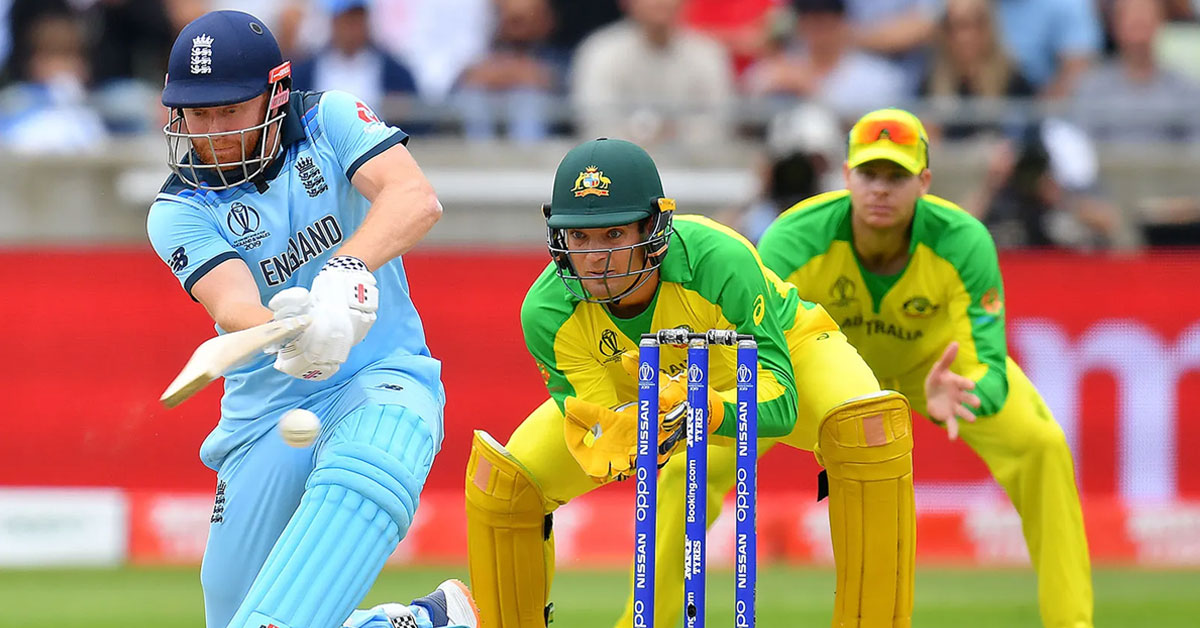Cricket, a sport beloved by millions across the globe, boasts a rich and storied history dating back several centuries. Originating in the pastoral settings of England, cricket has evolved from a quaint rural pastime to a sophisticated international sport, captivating audiences from London to Lahore, Sydney to Sachin. This article traces the fascinating journey of cricket from its early beginnings to its present-day prominence.
Early Origins
The precise origins of cricket are somewhat obscure, but it is generally believed that the game began during the late medieval period in England. The earliest definite reference to cricket dates to a 1598 court case in Guildford, Surrey, which mentions a game called "creckett" played by boys on common land. Some historians suggest that cricket's roots may stretch even further back, with possible connections to earlier bat-and-ball games played in various parts of Europe.
The 17th and 18th Centuries: Formalization and Growth
By the 17th century, cricket had gained considerable popularity in the south-east of England. Village teams would often compete against each other, with matches becoming significant social events. The sport's evolution was significantly shaped by the aristocracy and landed gentry, who adopted cricket as a favored pastime.
In 1744, the first known codification of the rules of cricket was established. These rules, written by the "Star and Garter Club," laid the foundation for the game's modern structure. The Hambledon Club, founded around 1760, was one of the earliest cricket clubs, and it played a crucial role in the development of the sport. The club is often regarded as the cradle of modern cricket, producing numerous innovations, including the introduction of pitched deliveries.
The 19th Century: Expansion and Institutionalization
The 19th century saw cricket's transformation from a predominantly English sport to an international phenomenon. The establishment of the Marylebone Cricket Club (MCC) in 1787 marked a pivotal moment in cricket history. The MCC, based at Lord's Cricket Ground in London, became the sport's custodian, standardizing rules and overseeing the game's administration.
Cricket's spread to the British colonies during this period was a significant factor in its international expansion. The British Army and Navy, as well as colonial administrators, introduced the game to various parts of the world, including the Caribbean, Australia, New Zealand, India, and South Africa. The first recorded international cricket match took place in 1844 between Canada and the United States.
The 20th Century: Professionalism and Globalization
The early 20th century saw cricket grappling with the tension between amateurism and professionalism. This era also witnessed the rise of legendary cricketers who left an indelible mark on the sport. Players like W.G. Grace in England, Donald Bradman in Australia, and C.K. Nayudu in India became household names, celebrated for their extraordinary skills and contributions to cricket.
The Imperial Cricket Conference, formed in 1909 (now known as the International Cricket Council or ICC), played a crucial role in coordinating international matches and fostering cooperation between cricketing nations. The introduction of Test cricket, beginning with the Ashes series between England and Australia in 1877, added a new dimension to the sport, emphasizing endurance and strategic depth.
One-day cricket emerged in the 1960s, offering a shorter, more dynamic format that appealed to a broader audience. The first One-Day International (ODI) was played in 1971, and the inaugural Cricket World Cup followed in 1975, both events helping to popularize the game further.
The Modern Era: Innovation and Commercialization
The late 20th and early 21st centuries have seen cricket undergo significant changes, driven by innovation and commercialization. The advent of Twenty20 (T20) cricket in the early 2000s introduced an even shorter format, characterized by fast-paced action and high entertainment value. The Indian Premier League (IPL), launched in 2008, epitomizes this trend, blending sports and entertainment to create a highly lucrative and widely watched competition.
Advancements in technology have also impacted the game, with tools like Hawk-Eye, the Decision Review System (DRS), and advanced analytics enhancing both the playing and viewing experience. These innovations have helped cricket adapt to contemporary demands, maintaining its relevance in an increasingly digital world.
From its humble beginnings on the village greens of England to the grand stadiums hosting World Cup finals, cricket's journey is a testament to its enduring appeal and adaptability. Today, cricket continues to unite diverse cultures and communities, embodying the spirit of sportsmanship and the timeless thrill of competition. As the game evolves, it remains deeply rooted in its rich history, celebrating a legacy that spans centuries and continents.



















